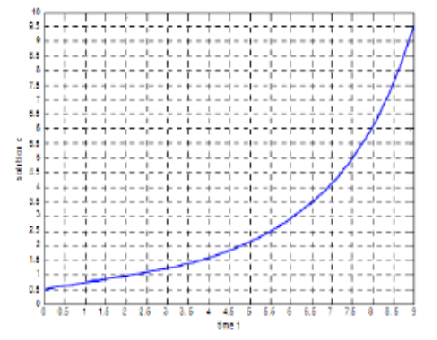


Indian Journal of Science and Technology
Year: 2024, Volume: 17, Issue: 2, Pages: 112-119
Original Article
C Kayelvizhi1, A Emimal Kanaga Pushpam2*
1Research Scholar, Department of Mathematics, Bishop Heber College (Autonomous), Affiliated to Bharathidasan University, Tiruchirappalli, 620 017, Tamil Nadu, India
2Associate Professor, Department of Mathematics, Bishop Heber College (Autonomous), Affiliated to Bharathidasan University, Tiruchirappalli, 620 017, Tamil Nadu, India
*Corresponding Author
Email: [email protected]
Received Date:11 October 2023, Accepted Date:12 December 2023, Published Date:12 January 2024
Background/Objective: Parkinson’s disease (PD) is a neurological disorder that is often prevalent in elderly people. This is induced by the reduction or loss of dopamine secretion. The main objective of this work is to apply the polynomial collocation method using successive integration technique for solving delay differential equations (DDEs) arising in PD models. Methods: The polynomial collocation method based on successive integration techniques is proposed to obtain approximate solutions of the PD models. In this study, the most widely used classical orthogonal polynomials, namely, the Bernoulli polynomials, the Chebyshev polynomials, the Hermite polynomials, and the Fibonacci polynomials are considered. Findings: Numerical examples of two PD models have been considered to demonstrate the efficiency of the proposed method. Numerical simulations of the proposed method are well comparable to the simulation by step method using Picard approximation. Novelty: The numerical simulation demonstrates the reliability and efficiency of the proposed polynomial collocation method. The proposed method is very effective, simple, and suitable for solving the nonlinear DDEs model of PD and similar real-world problems exist in different fields of science and engineering.
Keywords: Polynomial collocation method, Successive Integration Technique, Delay differential equation, Parkinson's disease, Simulation
© 2024 Kayelvizhi & Pushpam. This is an open-access article distributed under the terms of the Creative Commons Attribution License, which permits unrestricted use, distribution, and reproduction in any medium, provided the original author and source are credited. Published By Indian Society for Education and Environment (iSee)
Subscribe now for latest articles and news.